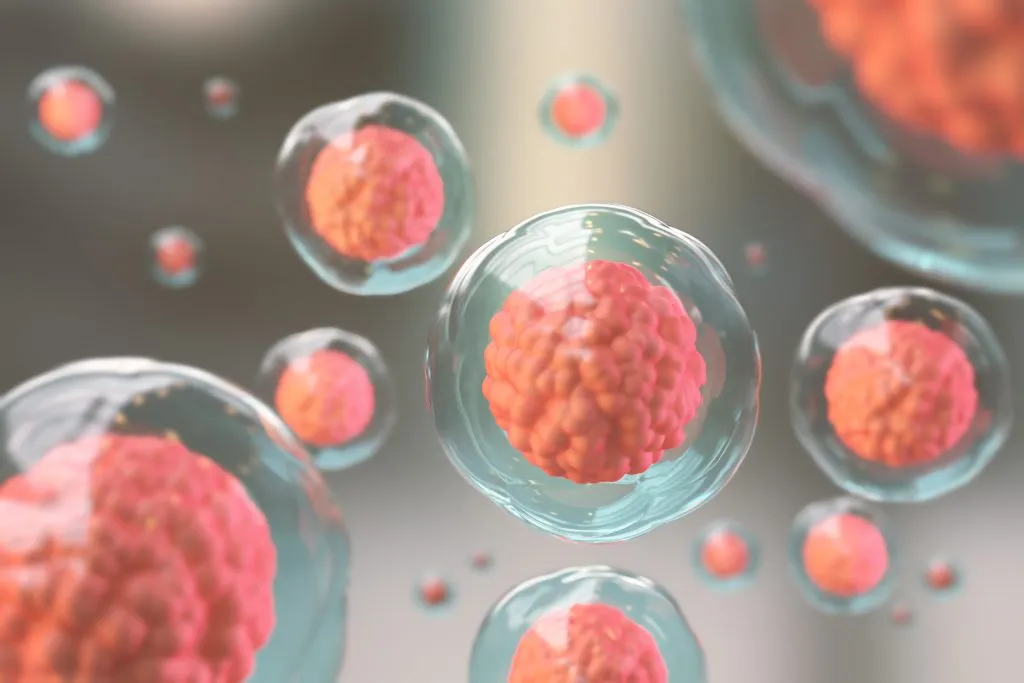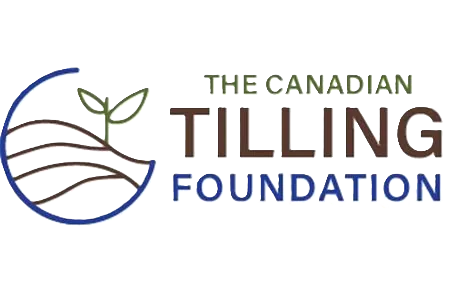Every day in Saskatchewan, more than 17 people are told they have cancer. Most must travel to the Cancer Centres in Regina or Saskatoon for treatment. For nearly half of our province who live in rural communities, that means long, costly trips, and time away from home. You can help make their cancer journey a little easier.
For patients that need a stem cell transplant, the Stem Cell Transplant & Cellular Therapy Program in Saskatoon becomes a second home.

A stem cell transplant can be a life-saving treatment for people with diseases of the blood or immune system, like leukemia, lymphoma, or multiple myeloma.
The Saskatchewan Stem Cell Transplant & Cellular Therapy Program in Saskatoon cares for about 70–85 patients each year. A large medical team, including doctors, nurses, pharmacists, and social workers, supports patients through every step of treatment.
The process – tests, chemotherapy, isolation, and recovery – can take months. Many patients need a caregiver by their side, meaning two people away from work while bills keep coming in.
No patient should have to worry about how they will pay to live while they fight for their life. That’s where you come in.
Your donation to the Stem Cell Transplant & Cellular Therapy Program helps cover essential costs like travel, meals, and lodging – up to $1,500 per year during treatment and recovery.
And right now, your gift will go twice as far.
 The Canadian Tilling Foundation believes that stem cell patients and their families heal best when they can focus on their health and not worry about their families at home. Access to treatment should not be a financial burden, and that is why they’ve chosen to provide a generous $50,000 matching gift to the Cancer Foundation of Saskatchewan – doubling the impact of every donation you make today.
The Canadian Tilling Foundation believes that stem cell patients and their families heal best when they can focus on their health and not worry about their families at home. Access to treatment should not be a financial burden, and that is why they’ve chosen to provide a generous $50,000 matching gift to the Cancer Foundation of Saskatchewan – doubling the impact of every donation you make today.
Your donation eases the burden of cancer so more Saskatchewan families can focus on healing. Please, send your gift today and watch it double to help twice as many stem cell transplant patients and families.
Donate Now
 Scott Fitzsimmons was just 42 when he heard the words “you have Acute Lymphoblastic Leukemia”. His only hope for long-term survival was a stem cell transplant. But that life-saving treatment required him to leave his home and family in Yorkton to live in Saskatoon for four months.
Scott Fitzsimmons was just 42 when he heard the words “you have Acute Lymphoblastic Leukemia”. His only hope for long-term survival was a stem cell transplant. But that life-saving treatment required him to leave his home and family in Yorkton to live in Saskatoon for four months.
